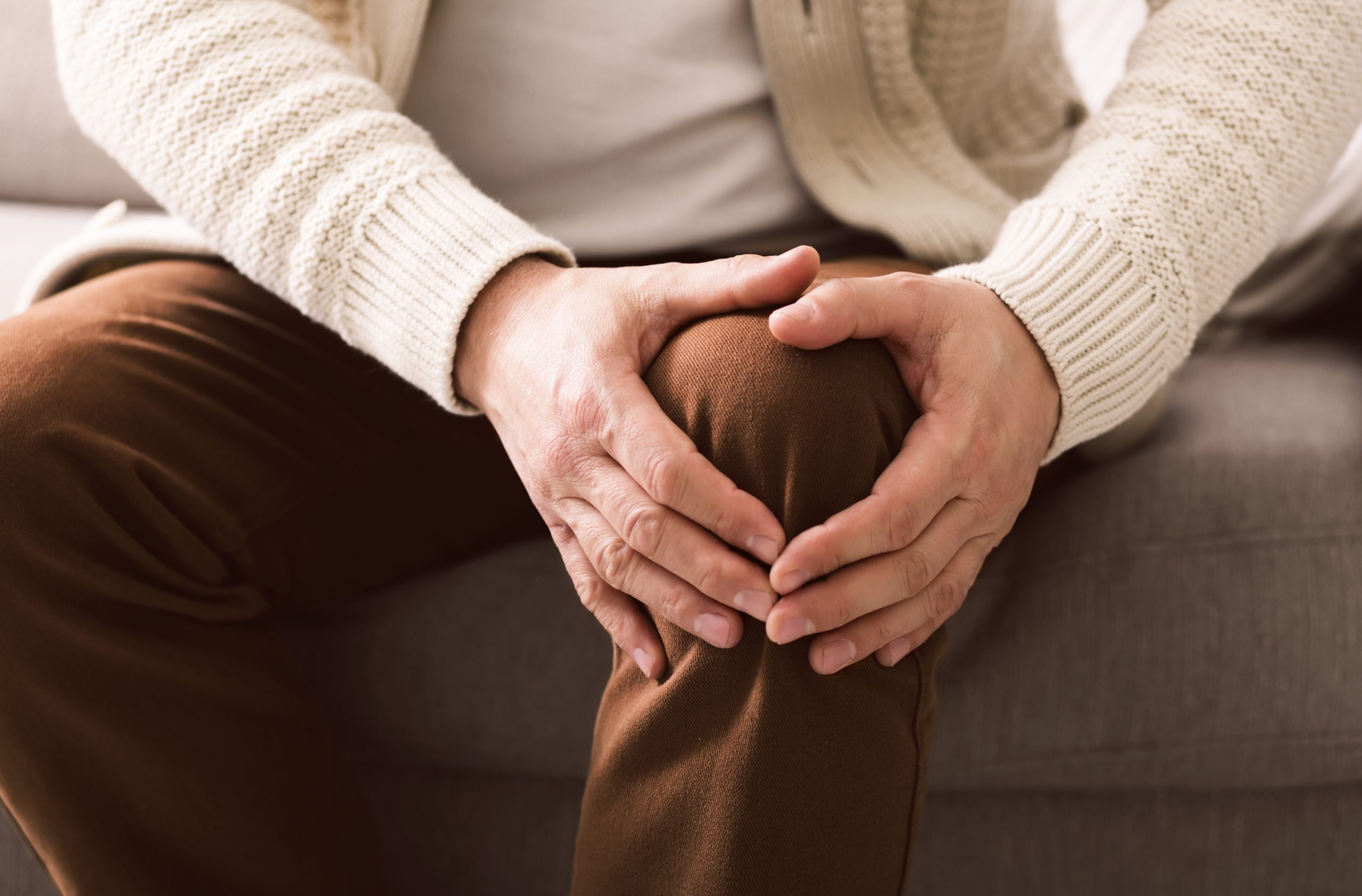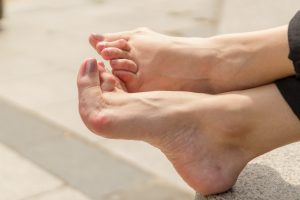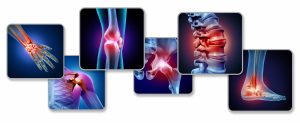
 Rheumatoid Arthritis (RA) is a destructive inflammatory joint disease that can affect people of any age. Unlike osteoarthritis, which is best known as the wear and tear arthritis and increases in prevalence with age, rheumatoid arthritis is an auto-immune disease, meaning that the body attacks its own tissues, causing the damage.
Rheumatoid Arthritis (RA) is a destructive inflammatory joint disease that can affect people of any age. Unlike osteoarthritis, which is best known as the wear and tear arthritis and increases in prevalence with age, rheumatoid arthritis is an auto-immune disease, meaning that the body attacks its own tissues, causing the damage.
What causes rheumatoid arthritis?
RA can present due to genetic predisposition, following viral infection, or in many cases, without a definitive reason. Inflammatory diseases also differ in their development and progression as they are erosive in nature and attack the smooth cartilage surface present in all joints. In many cases, this eventually causes severe joint damage and, ultimately, the total destruction and deformation of the joint.
What are the symptoms of rheumatoid arthritis?
RA presents in ‘flares’ that can be present and feel excruciating one day, and have settled the next. The severity of the symptoms can also range from mild to extreme, and may differ with every flare. The symptoms you may notice in the joints, particularly of the hands and feet, include:
- Joint pain
- Swelling
- Stiffness and mobility restrictions
- Gradual changes to the shape of the joint

The four stages of rheumatoid arthritis
There are four stages of RA progression. Every person progresses at a different rate, and may experience changes to their body differently. Some people may never progress through all four stages in their lifetime.
Stage one – your joints swell. It may be a few joints or many. Often, this will occur symmetrically. You may feel some stiffness or pain, which may be mild or severe, but the bones that comprise your joints don’t visibly appear displaced or altered
Stage two – the inflammation in your joints causes damage to your cartilage which covers the ends of the bones in a joint. Without effective cartilage that allows the bones in a joint to glide smoothly past one another, you may experience pain, stiffness and restrictions in the range of motion in the joint.
Stage three – alongside damage to the cartilage, the bones involved in the joint are damaged too. You may experience pain not only during flares, but at other times due to the bones rubbing against one another when you move. You’ll still experience flares and the associated swelling and pain. As you avoid using the joints due to the associated pain, you may start developing weakness in the surrounding muscles. You may start noticing changes to the shape and position of the affected joints.
Stage four – your joints no longer work like they used to. The changes in the shape and position of the joint are set and typically permanent, with little room for regular movement. You’ll likely still experience pain and swelling, and may continue to lose strength from losing the function in the joints. Ultimately, the bones may fuse together.
How is rheumatoid arthritis treated?
There have been great advances in the treatment of these diseases in recent years, particularly with the advent of Disease-Modifying Anti-Rheumatic Drugs (DMARD’s) and increasing awareness leading to earlier diagnosis. Often, early intervention with DMARD’s can slow or even stop the progression of the disease. Joints of the foot and ankle are frequently involved and may be the primary manifestation of the disease. Early intervention by specialist Rheumatologists is necessary, but your Podiatrist also plays a valuable role.
Podiatrists can help people with RA remain both mobile and comfortable. As staying mobile is an essential component of managing the disease process, having pain-free feet is part of the big picture. Treatment available at My FootDr Podiatry Centres may help:
- Improve structural alignment of the heel, arch or forefoot
- Reduce strain from Achilles, plantar fascia (arch), ankle and toes
- Redistribute force from the forefoot (ball of the foot)
- Help ease the pain associated with bunions and clawing/hammertoes
- Cushion sensitive calluses and corns that form under the foot
- Remove calluses and corns that form
- Trim back thickened toenails and perform nail surgery if required
- Help heal pressure ulcers or sores that won’t heal on their own
- Supplement a loss of natural plantar foot padding
Our Podiatry centres combine the latest technology with the highest standards of care available incorporating:
- Soft, full-length custom foot orthoses
- Ultra-soft cushioned and rebound materials – such as Slow Release Memory Poron, plastazote, silicone and neoprene for the ultimate in softness!
- Fully equipped surgical rooms for effective immediate treatment of corns, calluses, toenail problems and ulcer debridement
- Video Gait Analysis to properly evaluate even the most subtle stance and walking problems not always obvious to the naked eye
- The ability to assess and digitally record joint ranges of motion and quantitatively measure this with sophisticated tailor-made Podiatry software
- Prescribe, modify or even custom make footwear to your requirements
These state-of-the-art Video Gait Analysis and Joint Range of Motion studies are saved as video recordings and highly detailed still images on our advanced multimedia computer server and can be later re-assessed for relevant changes from year to year. This means that your Podiatrist can immediately establish and comprehensively report if your condition has improved, stabilised or deteriorated.
Your reports are made available to you and other members of your health care team (i.e. General Practitioner or Medical Specialist Rheumatologist) on the spot, so that they are kept up to date with your progress.

